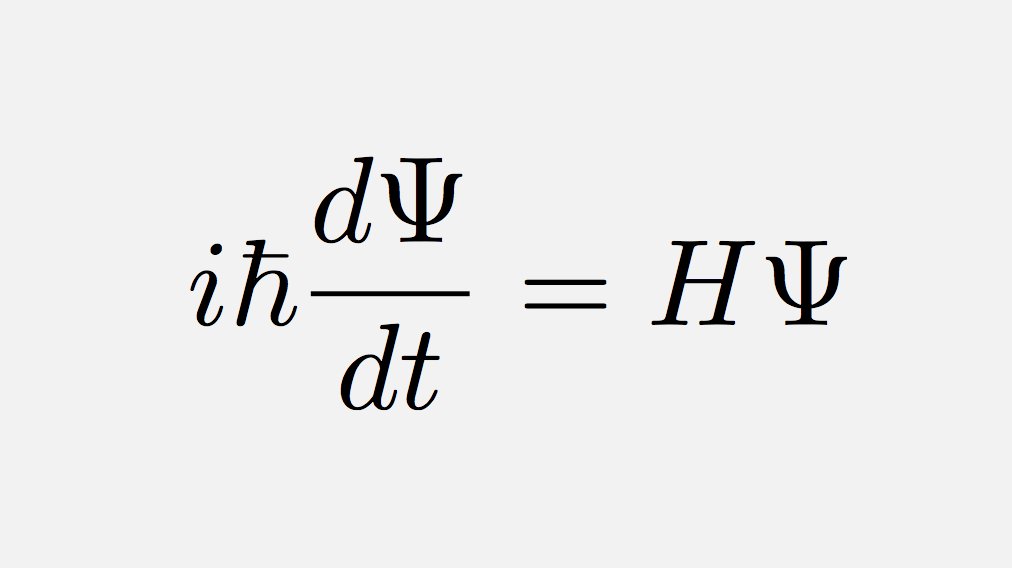
Erwin Schrödinger
Erwin Schrödinger, an Austrian physicist added much value to the wave theory and quantum mechanics. ” He was born on the 12th of August, 1887 in Vienna, Austria dead on January 4, 1961 in the same city. He received The Sveriges Riksbank Prize in Economic Sciences in Memory of Alfred Nobel in 1933 jointly with British physicist P. A. M Dirac.

Schrödinger was one of the most important scientists of the twentieth century who enriched the science’s thought about the world of particles. His contribution was the formulation of Schrödinger’s equation that helped in the advancement of quantum mechanics in order to explain the behavior of particles at the quantum level.

He originally matriculated at the University of Vienna where he was awarded his doctorate in physicists in 1910. He then moved to the Second Physics Institute of the university where he secured a research job. He completed his military service in 1920 after fighting in World War 1, and he later filled a Sociology post at the University of Zurich in the year 1921. He defined the behaviour of the quantum dots with advanced actions in mechanics in merely six months of 1926.

In 1926 Schrödinger issued a pair of papers that became among the most well known in the foundation of wave mechanics. Developing from Louis de Broglie who in 1924 suggested that particles can be wave like and particle like Schrödinger applied wave mechanics which formed the Schrödinger equation. This equation applies to particles in quantum systems, and is the basis of quantum mechanics; while Newton’s laws predict motion, this one predicts probabilities of a physical event in terms of wave functions.


Schrödinger was uncomfortable with the probabilistic characteristics of the quantum theory which provoked him to put philosophical questions to the interpretation of this theory. Among all of his challenges, the most famous one is Schrödinger’s cat that was proposed in 1935. The cat in this experiment situation exist in box with a radioactive atom, vial of poison, and a trigger to release the poison if the atom decays. The cat’s destiny is whether it alive or dead, depending on the repeatability or nonrepeatability of the atomic decay, making the cat alive and dead, at the same time, until observed. Schrödinger described this implication as quite ridiculous.
Latter on, in 1927, Schrödinger was appointed a successor of Max Planck at the University of Berlin where he was faculty member with Albert Einstein. He fled Germany in 1933 to Austria, Great Britain, Belgium, Rome’s Pontifical Academy of Sciences and in 1940 to the Dublin Institute for Advanced Studies because of persecution of Jews in Germany. Here, he dedicated 15 years on physics as well as the philosophy and history of science.
Erwin Schrödinger during his time in Dublin, he penned down the masterpiece ‘What is Life? ’ focused on the structure of a gene and about how the code of life maintains its stability through quantum mechanics. While further advancement in molecular biology improved on his ideas, the book is a good introduction to the subject. He retired in 1956 and then became a professor emeritus visiting the Vienna University of Technology.
Thus a diverse set of events defined Schrödinger’s scientific and philosophical input in the course of his carrier. He possessed a good insight in western philosophy and literature; his scientific works written in English are considered scholarly. His study of ancient Greek science and philosophy found in “Nature and the Greeks” 1954 showed respect to Greek scientific outlook and his pessimism of scientific enlightenment of all human enigmas. His concept concerning metaphysics is Vedantic mystical which is evident in his last published work “My View of the World” published in 1961.